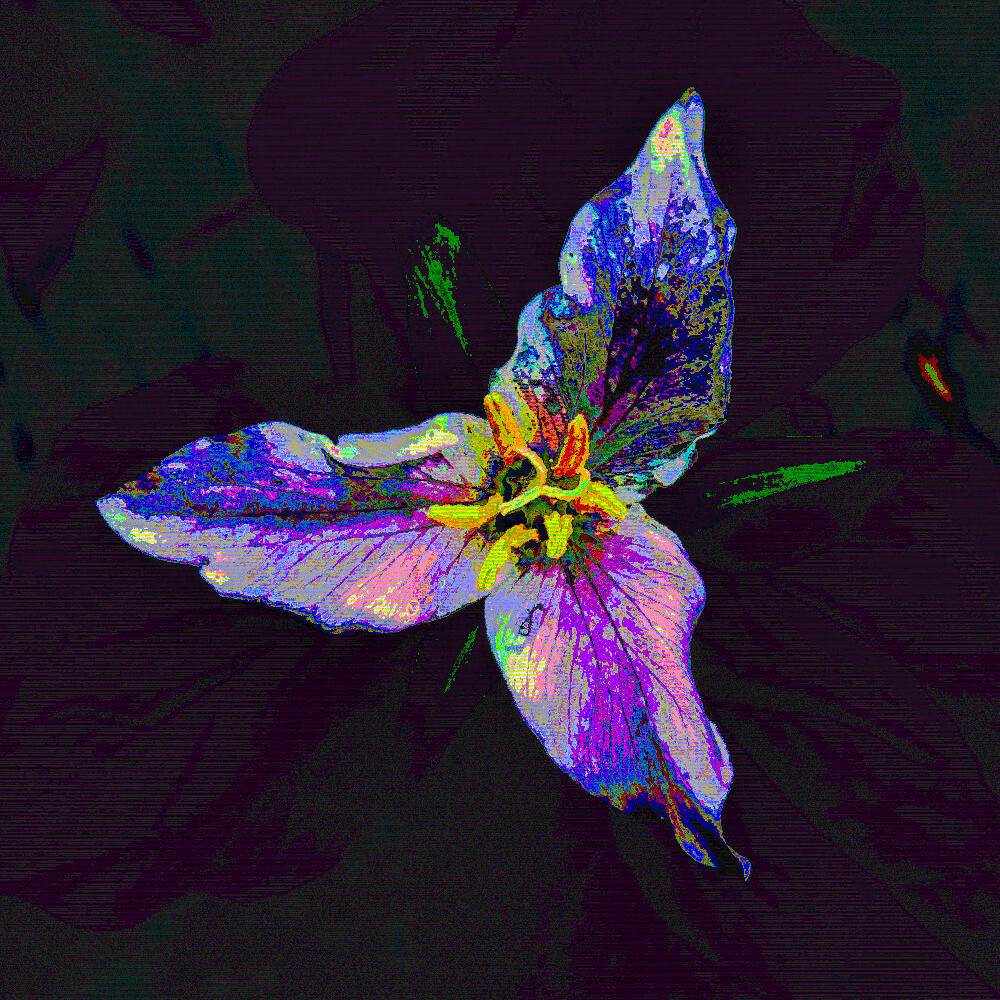Personally I dig this weird little fella
It’s an old Soviet 16mm film projector lens adapted to a different vintage lens’s helicoid then adapted to Micro 4/3.
It’s a 50mm f/1.2 lens and it takes some weird photos. It’s not perfect (especially if the area is well lit) but it takes some interesting photos with a little practice.
Edit: And being a lens made for 16mm film it takes pictures just like a normal micro 4/3 50mm lens would.


what do you reckon about spotting-scopes with camera-mounts?
i can’t quite figure out why “camera” lenses suitable for wildlife are so much more expensive than spotting scopes.
i use my astronomical telescope with my full-frame digital camera. it is a 450mm f/5 prime lens, but it was a fraction of the price of any similar “camera” lens, even including the substantial tripod (which cost about as much as the tube). it actually can focus on things not too far away. no good for indoor use, sure, but fine in a park.
what’s the advantage?
I’m a noob, but often what drives up lens cost is the complexity associated with making the image better over the whole field of view. Lenses have various inherent errors (called aberrations) that are corrected by a combination of complex surface profiles on individual lens elements and stacking multiple individual lens elements to cancel each other’s errors out. A scope likely only needs good correction near the center, where the user will be looking most of the time, while a camera lens needs good correction everywhere so the whole photo looks good when you view it later. Wider field of view makes good correction much more complicated and expensive very fast.